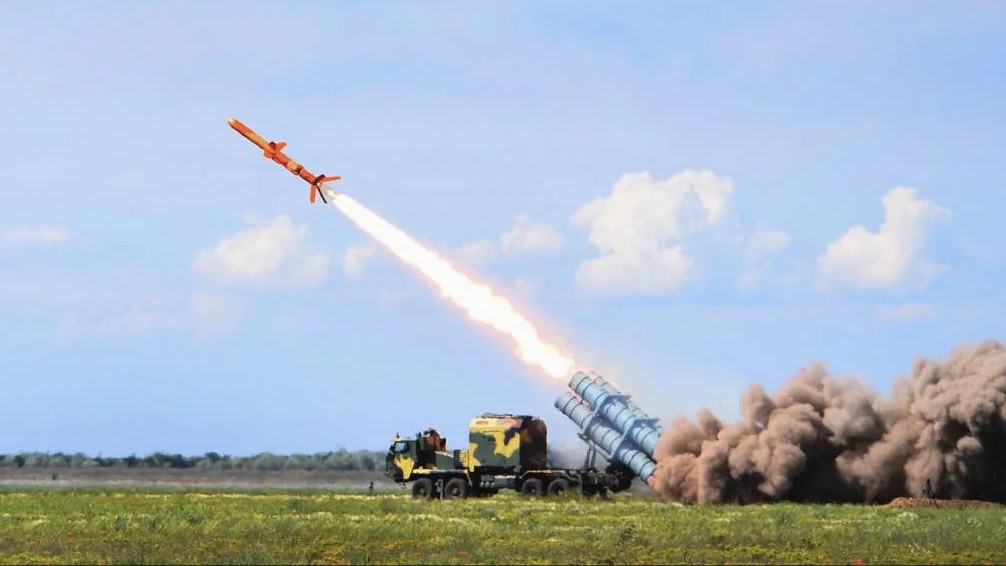Indian Army Advances 'Project Akashteer' with Strategic Phased Induction

The Indian Army is making significant strides with the implementation of 'Project Akashteer,' a cutting-edge initiative that promises to revolutionize air defense through automation and digitization. This ambitious project, initiated as part of India's drive for technological self-reliance under the 'Atmanirbhar Bharat' initiative, is currently being phased into the Army's operational infrastructure.
As of the latest updates, 107 out of the total 455 required Akashteer systems have been successfully delivered, with the next tranche of 105 expected by March 2025. The full induction is planned to be completed by 2027, ensuring that the Army's various formations have robust air defense capabilities. These systems are being developed by Bharat Electronics Limited (BEL), a key player in India's defense manufacturing sector, and their deployment has already begun, marked by a ceremonial flagging-off in April from BEL's facility in Ghaziabad.
What Sets Project Akashteer Apart?
The Akashteer project represents a transformative leap in air defense for the Indian Army. It is designed to ensure that the force can maintain a high level of situational awareness, manage airspace efficiently, and protect friendly aircraft while intercepting and neutralizing hostile threats in contested environments. This system not only enhances India's defensive posture but also ensures that critical airspace remains secure in the face of evolving aerial threats.
A distinguishing feature of Akashteer is its integration of sensor fusion technology. By amalgamating data from various sources, it generates a comprehensive and real-time air picture that allows for swift and informed decision-making. Furthermore, the system automates many operations, which significantly cuts down response times during critical situations. This automation is crucial in scenarios where speed and precision can be the difference between intercepting a threat and a catastrophic failure.
Another strategic advantage of the Akashteer system is its decentralized engagement authority. This design allows for distributed decision-making, which ensures that responses to aerial threats are swift and coordinated. This is especially important given the complexity of modern warfare, where multiple threats may emerge simultaneously from different directions.
Real-Time Validation and Technological Leap
In 2024, termed the 'Year of Technology Infusion' by the Indian Army, Akashteer underwent a rigorous real-time validation exercise. This simulation was designed to mimic the complex and chaotic scenarios likely to be encountered in future warfare. The test was closely monitored by senior military officials, who lauded the project's developers for achieving a groundbreaking improvement in air defense capabilities.
The system is also built with inherent scalability and redundancy, meaning it can adapt to various operational requirements and continue functioning effectively even if parts of the system face disruptions. These features are vital for ensuring reliability during prolonged engagements or under electronic warfare attacks.
Strategic Significance and Future Outlook
Project Akashteer is more than just a technological upgrade; it represents India's strategic push to modernize its armed forces in response to a dynamic security landscape. By automating air defense processes and enhancing integration across different defense systems, Akashteer ensures the Indian Army remains agile and responsive.
This project is expected to have a lasting impact on India's defense ecosystem, driving innovation and strengthening the indigenous defense manufacturing sector. The comprehensive coverage Akashteer will provide to India's airspace marks a significant step forward in national security, reinforcing the country's preparedness against modern aerial threats.


